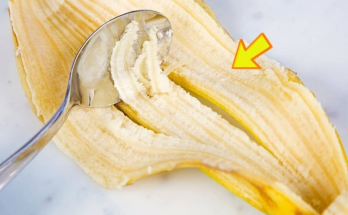Creating a DIY Egg Incubator with a Water Bottle: A Step-by-Step Guide

Materials Needed:
- 5-liter plastic water bottle (or larger)
- Small light bulbs or heat lamps for warmth
- Thermometer and hygrometer to monitor temperature and humidity
- Egg carton or foam for stabilization
- Tools for cutting and drilling (e.g., scissors, drill)
Step-by-Step Instructions

- Prepare the Bottle
- Clean the plastic bottle thoroughly to remove any residue.
- Lay the bottle on its side and cut a large opening on one side. This opening will serve as the door for accessing the incubator.
- Set Up the Heat Source
- Secure small light bulbs or heat lamps through the top or side of the bottle. Ensure they’re positioned for even heating.
- Aim to maintain a stable temperature around 99.5°F (37.5°C), as consistent warmth is essential for successful incubation.
- Stabilize the Eggs
- Place foam or an egg carton inside the bottle to hold the eggs securely, preventing them from rolling.
- Monitor Temperature and Humidity
- Place a thermometer and hygrometer inside the incubator to closely monitor temperature and humidity levels.
- For optimal incubation, keep the humidity at approximately 45-55%. Increase it to 65-75% during the last three days before hatching to support the final stages of development.
- Provide Ventilation
- Drill small ventilation holes around the bottle to ensure fresh airflow and aid in maintaining humidity levels.
- Manually Turn the Eggs
- Rotate the eggs by hand at least three times daily to promote even development.
Building a DIY incubator with a water bottle is not only a fun project but also a great hands-on way to learn about incubation. By carefully adjusting and monitoring conditions, you can create a nurturing environment for eggs to hatch and witness the wonders of life.

- Regularly monitor heat sources to prevent overheating.
- Keep the incubator in a safe place, out of reach of children and pets.
With your homemade egg incubator, you’re ready to embark on an exciting journey into the world of hatching.


